Improvement of 3 irrigation channels incorporating climate change adaptation measures in Andean ecosystems
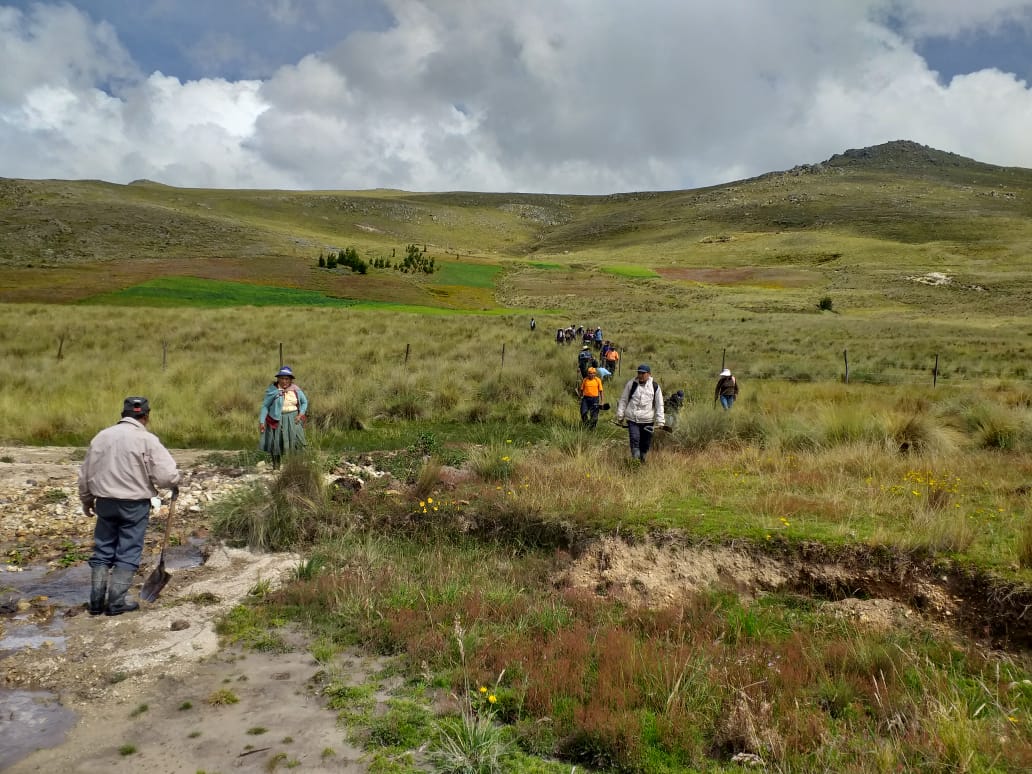
Summary
This solution aims to improve 3 irrigation channels in the Huaraz, Contumazá and Piura Provinces, Peru, to make them resilient to the impacts of climate change and support the development of small farmers. It is part of the project “Adaptation to the Impacts of Climate Change on Water Resources in the Andes (AICCA)”.
Within the framework of the project “Adaptation to the Impacts of Climate Change on Water Resources in the Andes (AICCA)”, three projects are being implemented to improve irrigation channels with climate change adaptation measures, through the Regional Governments of Ancash, Cajamarca and Piura in Peru and with the support of the Ministry of Environment and the Ministry of Agrarian Development and Irrigation.
The three projects include the analysis of climate risks and the identification of physical (protection walls, covered channels and modern irrigation) and natural (hillside afforestation) adaptation measures for their subsequent implementation with public funds from the Peruvian government.
The objective of the process is to improve 3 irrigation channels for achieving greater adaptive capacity and thus, resilient irrigation systems to the impacts of climate change as determining factors for the development of smallholder farmers. The development has taken into account the Framework Law on Climate Change, which establishes that all projects with public funds must include adaptation strategies and measures of physical and natural infrastructure to address climate change. In addition, the “Guidelines for the incorporation of risk management in a context of climate change in investment projects related to irrigation water in the framework of the National System of Multiannual Programming and Investment Management” (Approved by Ministerial Resolution No. 484-2019-MINAGRI) were considered.
The results of the process directly benefited 4200 inhabitants and have a high replicability at the national level.
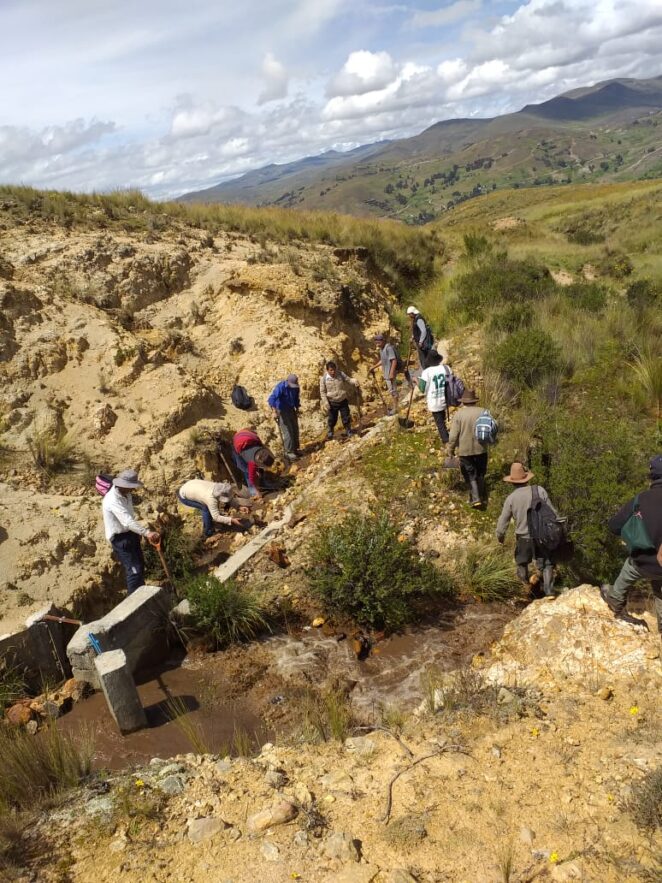
Overview
- Location:
- Implementation sites:
-
- Single country
- Multiple locations
- Mountain region:
-
The Andes
- Province:
-
- Ancash region in the Huaraz province, Cajamarca region in the Contumazá province, and Piura region in the Piura province.
- Site locations:
-
Independencia district municipality in the Huaraz province, Contumazá and San Benito district municipalities in the Contumazá Province, and Tambogrande district municipality in the Piura Province.
- Solution scale:
- Ecosystem type(s):
- Solution type(s):
- Sector(s):
- Climate impact(s) addressed:
- Climate impact time-scale(s):
- Main benefit associated with the solution:
- Co-benefit(s) associated with the solution implementation:
- Implementation timeline:
-
- 2019 - 2022
Solution details
Main beneficiaries & outcomes
197 producers who use irrigation water and belong to the Committee of Irrigation Water Users of the Toma Grande, Cruz Pampa, and Picup sectors, which includes women, young people, and the elderly.
The board is made up of 40% women.
Planning and implementation
CONDESAN is executing the Project “Adaptation to the impacts of climate change on water resources in the Andes (AICCA)”, financed by the Global Environment Facility (GEF) and implemented by CAF, development bank of Latin America. The project is coordinated with the environmental authorities of the governments of Bolivia, Colombia, Ecuador and Peru.
The Ministry of the Environment and the Ministry of Agrarian Development and Irrigation of Peru participate in guiding public investment projects. The main activities promoted by the AICCA project, in coordination with the Regional Governments of Piura, Ancash and Cajamarca are:
- Incorporation of adaptation measures in three irrigation channel improvement projects through the development of channel design studies.
- Technical training for officials and specialists formulating irrigation projects on climate risk management analysis.
- Development and promotion of climate information on hazards associated with climate change that affect or may damage irrigation systems.
(Please refer to Solution Resources at the end of the page for further information)
Finance
Funding for the irrigation channel design studies came from the GEF, which financed the AICCA Project.
The financing for execution and implementation comes from public funds from the Regional Governments of Piura, Ancash and Cajamarca.
The total cost of public investment in the 3 projects is USD 5.75 million.
Innovation
Prior to 2020, irrigation channel improvement projects did not analyse climate risk, and the irrigation systems were vulnerable to climate hazards such as heavy rains, pluvial floods, mass movements, and other present and future hazards. The sector, through economic evaluation studies, determined that the costs of repairing the damaged channels are higher than incorporation of climate change adaptation measures into the project design.
The process of incorporating risk analysis in a context of climate change in irrigation channels improvement projects, aims to analyse the climatic risks (hazards, exposure and vulnerability associated with climate change), and to plan and incorporate the necessary climate change adaptation measures that allow an irrigation system with capacity to adapt to the effects of climate change, while maintaining its structure and operation of water supply for irrigation.
Performance evaluation
Performance evaluation has not yet been developed. However, a cost-benefit assessment has been carried out for the irrigation channels. It incorporated climate change adaptation measures, whether physical infrastructure (protection walls, covered channels and modernized irrigation) and natural (hillside afforestation). The evaluation considered the following criteria: identification of hazards, current situation of the irrigation channel, identification of climate change adaptation measures, estimation of revenues, and costs and benefits to determine the social and private return indicators from the irrigation channel improvement projects.
Long term project sustainability and maintenance
The three irrigation channel improvement projects which incorporate physical and natural infrastructure measures to adapt to climate change, have an operation and maintenance plan designed for the next 10 years of the irrigation system’s useful life. Monitoring and sustainability will be the responsibility of the direct beneficiaries. Activities include channel cleaning and preventive and corrective maintenance, as it is established for all publicly financed projects at the country level.
Capacities for design and implementation
Knowledge
The AICCA project and the Regional Governments of Piura, Ancash and Cajamarca promote knowledge transfer at two levels:
- Climate information on hazards associated with climate change available to project designers for irrigation channel improvement projects.
- Development of knowledge and new capacities of project designers regarding the incorporation of climate risk management in irrigation projects.
Both climate information and training for project designers enabled the design of irrigation channels incorporating climate change adaptation measures.
The physical and financial implementation of the projects contemplates the development of technical assistance programs and plans to strengthen the transfer of knowledge to the community and irrigation users.
Technology
Climate information is a basic component in the incorporation of risk management in a context of climate change. Through the characterization of future hazards, it was possible to adequately incorporate climate change adaptation measures.
The updating of climate information, historical precipitation and temperature trends are enabling conditions for the implementation of the climate change adaptation measures contemplated in the design of irrigation channels.
Political / Legal
The improvement of the three irrigation channels is based on the public policies and guidelines of the Agrarian sector, which provided a clear focus. The political will to incorporate climate risk management in a context of climate change has been fundamental in the implementation. The most important norms and guidelines include:
- Framework Law on Climate Change and its regulations.
- The National System for Multiannual Programming and Investment Management – INVIERTE.PE.
- Guidelines for the incorporation of risk management in a climate change context in investment projects related to irrigation water in the framework of the National System of Multiannual Programming and Investment Management.
Institutional
Collaboration agreements were established with the Ministry of the Environment (MINAM), the Ministry of Agrarian Development and Irrigation (MIDAGRI) and the Regional Governments of Piura, Ancash and Cajamarca within the framework of the AICCA Project. The agreements establish commitments according to levels of responsibility and allowed:
- To achieve the involvement of the public sector from the beginning of the actions.
- To achieve the active participation of the beneficiaries of the irrigation channel improvement projects.
- To establish working groups to develop and plan measures to adapt to climate change.
Socio-cultural
The role of the AICCA Project has been fundamental not only in terms of financing, but also as technical advisor and facilitator of the process.
There were no opponents. However, the socio-political and health factors that our country has been going through, have generated a reorientation of economic resources for the health sector and very little attention to the agricultural sector, which benefits communities and irrigation water users.
Additionally, another important aspect is the intersectoral coordination to promote irrigation channel improvement projects with measures to adapt to climate change, in which the communities and water users’ organizations actively participated and which positively influenced the prioritization of irrigation channel improvement projects.
Outlook & Scalability
Barriers and adverse effects
Public funding has been redirected to the health sector, limiting the implementation of irrigation channels improvement projects, and limiting potential to build adaptive capacity to the impacts of climate change.
Authorities and public officials have focused their attention on health issues, reducing the level of attention and response to communities and irrigation water users. These issues are being overcome through working groups involving authorities, officials and representatives of the communities and irrigation water users.
Transformation and future outlook
Access to water for irrigation is crucial for food production and income generation through agricultural activities by Andean families. In general, their irrigation systems suffer damages and losses due to unforeseen climatic hazards affecting the family economy as a result of the interruption of irrigation water supply. These limitations on irrigation water access are overcome through the design of irrigation channels improvement projects. These incorporate physical and natural infrastructure measures to adapt to climate change so as not to be affected by climate hazards present in the territory and thus maintain the water supply service for irrigation, particularly in Andean ecosystems that are highly vulnerable to the impacts of climate change.
Potential for upscaling and replication
The physical and financial execution of the investment projects has not yet been completed.
Their replicability and scalability is important at the national level and with greater attention to Andean ecosystems. Projects to improve irrigation channels that consider measures to adapt to climate change require the development of enabling conditions based on climate information, financing, institutional framework, capacities and approaches, which are gradually being promoted.
This solution is included in the National Adaptation Plan, in the NDCs of the Agriculture sector, in the irrigation water subsector and in the Operational Plans of the Ministry of Agrarian Development and Irrigation, specifically in the General Office of Agrarian Environmental Affairs (DGAAA). At the regional and local level, 2 of the 3 initiatives are in the multiannual investment programs.

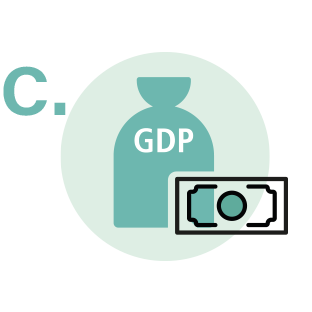
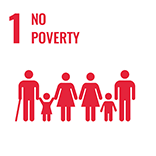
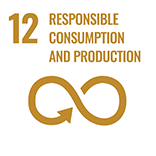
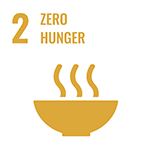

Comments
There is no content